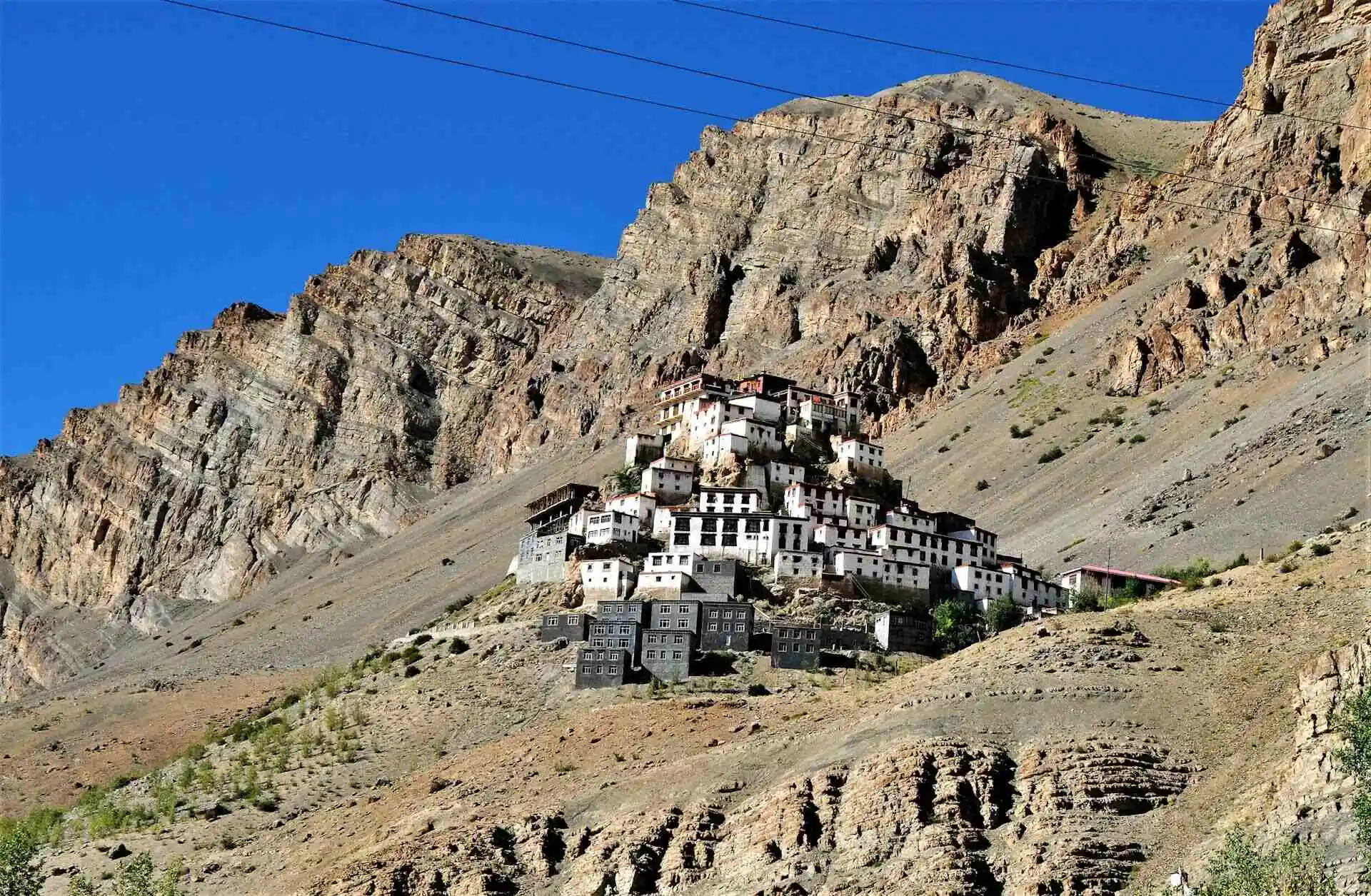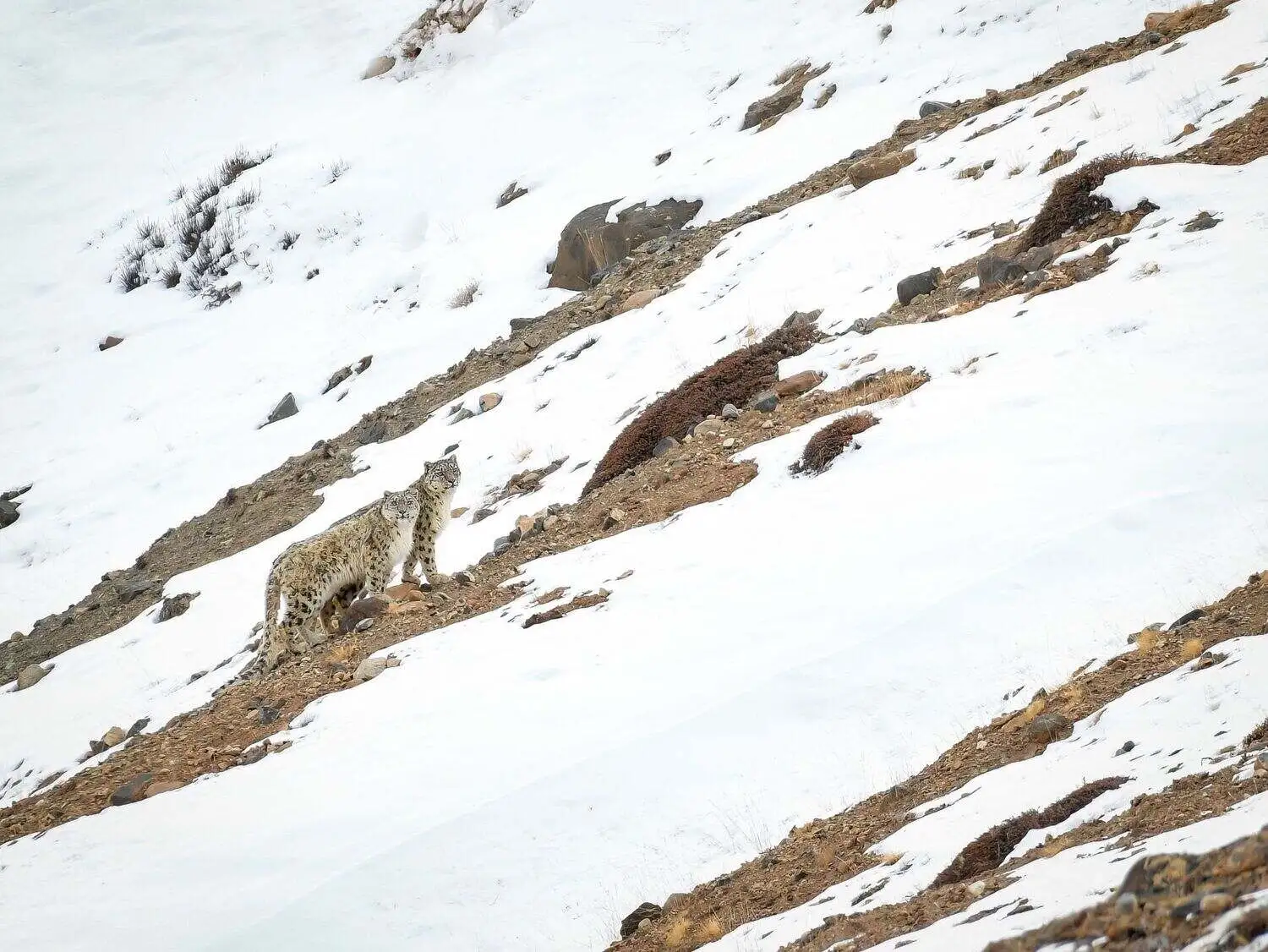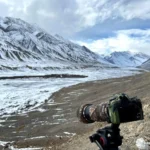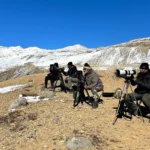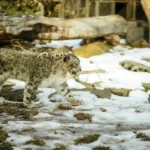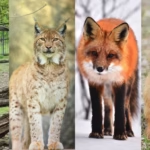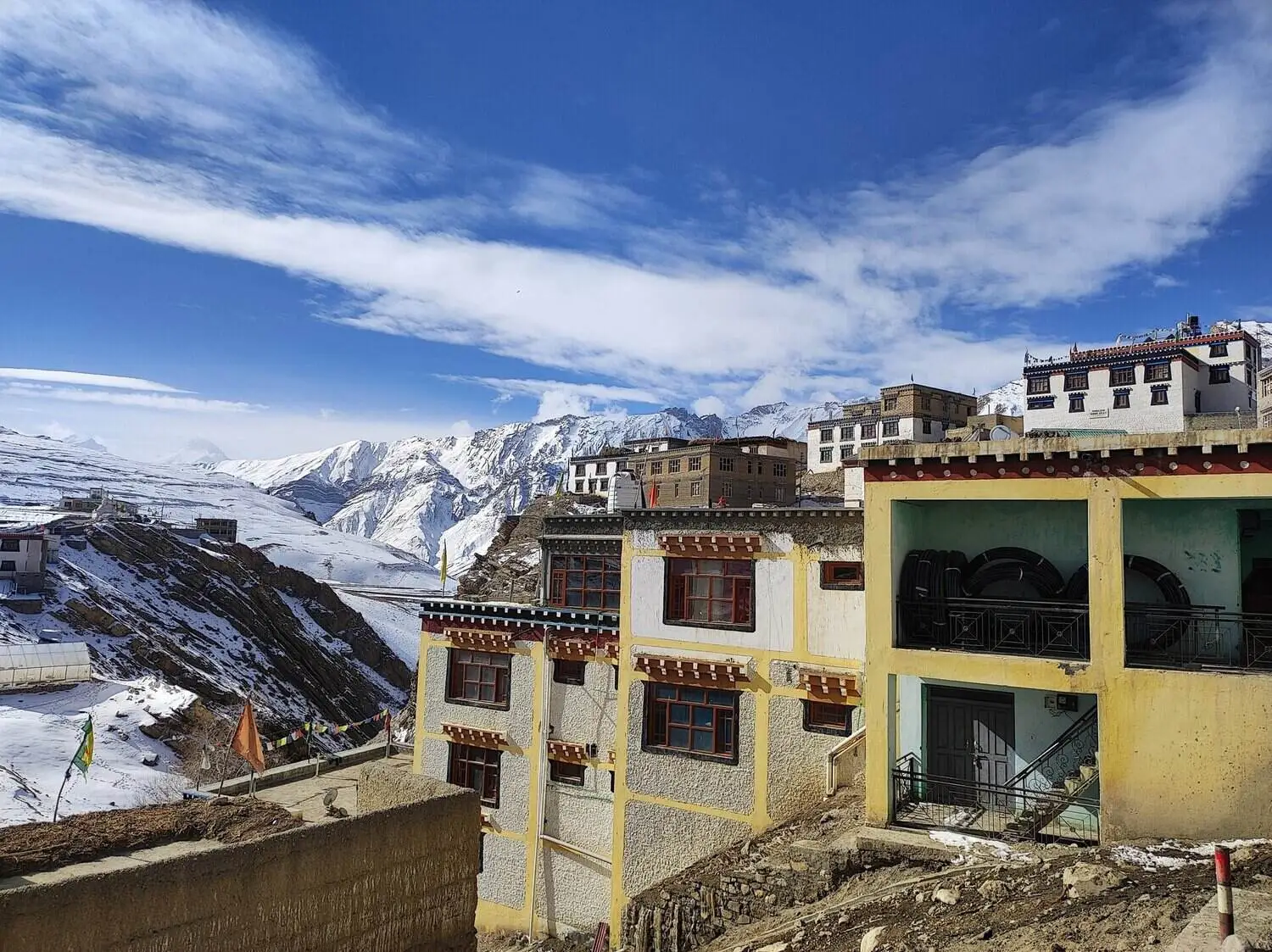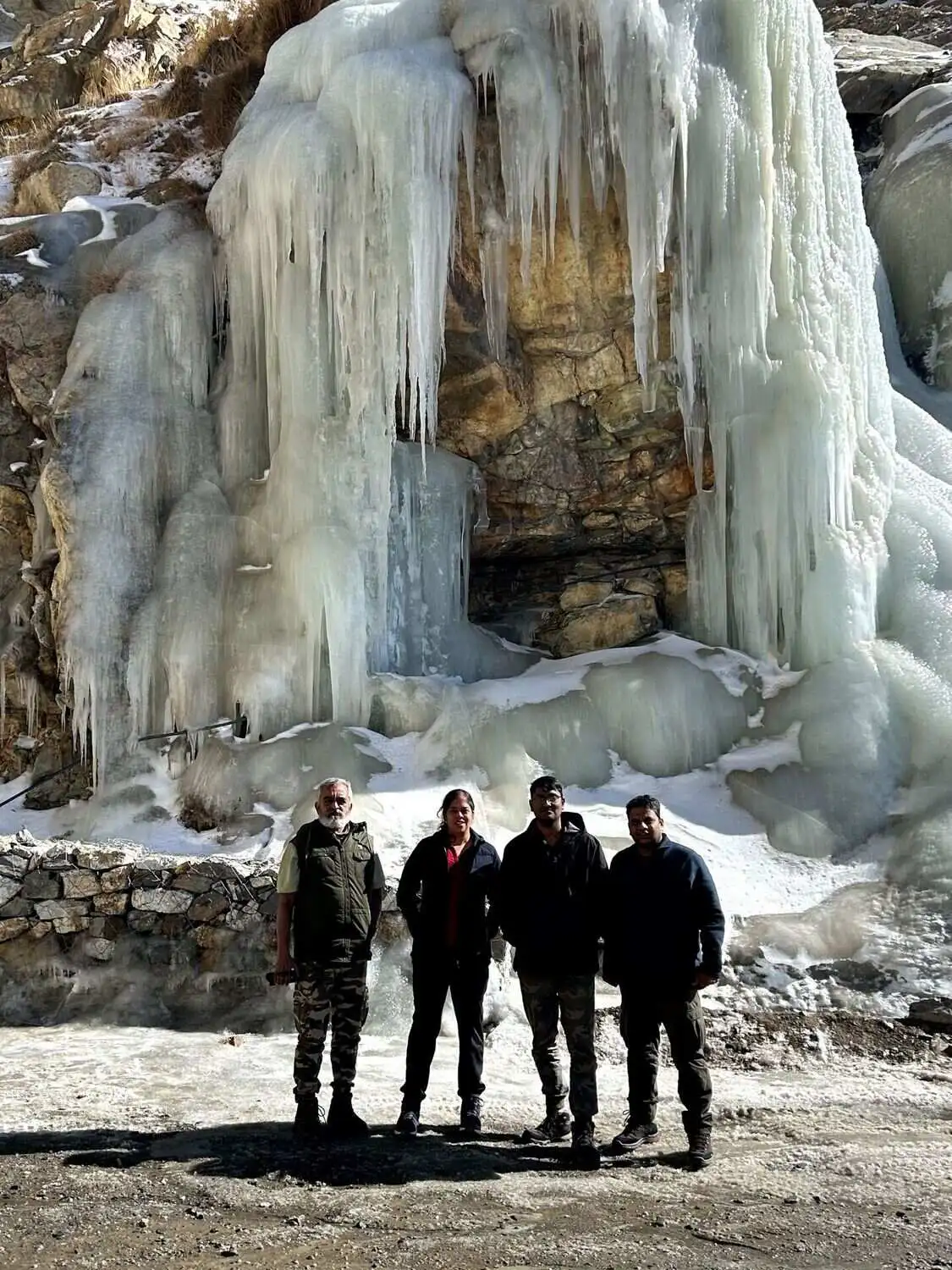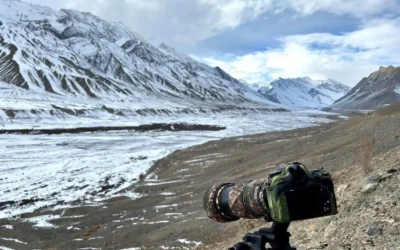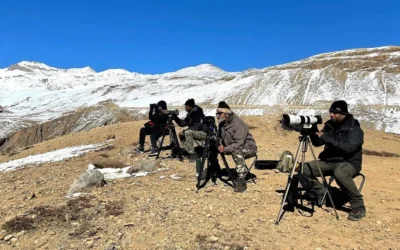Planning a snow leopard expedition in India and torn between Spiti Valley and Ulley Valley? Trust me, you’re not alone. Both destinations are winter wonderlands known for elusive big cats and Himalayan beauty, but they offer very different travel experiences.
In this blog, we’ll break it down for you – access, sightings, comfort, culture, and budget, so you can pick the one that fits your style of adventure.
Location & Accessibility
Spiti Valley is located in Himachal Pradesh and takes effort to reach. In winter, you’ll have to access it via Reckong Peo (Shimla route) as the Manali side is closed. You’ll be doing long drives through icy mountain roads, and you’ll be at high altitude for several days.
Ulley Valley, in Ladakh near Leh, is easier to reach in comparison. You can fly into Leh Airport, spend a couple of days acclimatizing, and drive 2–3 hours to Ulley.
- Spiti: Tougher journey, very remote
- Ulley: More direct, quicker access
Choose Spiti if you enjoy slow travel and don’t mind rugged conditions.
Choose Ulley if you want to spend more time tracking and less time getting there.
Snow Leopard Sightings & Wildlife
Both regions are prime snow leopard habitats. However, Ulley has become more reliable in recent years. Thanks to experienced trackers and community-based conservation, sightings are frequent here, even multiple in a week.
Spiti is wilder and more spread out. Sightings happen, but often require more trekking, patience, and a bit of luck.
Besides snow leopards, you might spot:
- Blue sheep (bharal)
- Red fox
- Himalayan ibex
- Lammergeiers and golden eagles
Ulley is ideal for those prioritizing snow leopard sightings.
Spiti’s perfect if you’re the type who wants a raw and open-ended wildlife experience.
Stay & Local Infrastructure
Here’s where things get interesting
In Ulley, you’ll stay in homestays run by locals that are geared toward wildlife tourism. Expect clean rooms, decent heating, western toilets, and nutritious food.
In Spiti, accommodations are extremely basic. You’ll stay with families in cold stone houses. While it’s authentic and immersive, heating is minimal, and nights can be freezing.
- Ulley: More comfortable and warm
- Spiti: Basic, raw, authentic village life
If you value comfort, go with Ulley.
Hardcore trekkers or cultural travelers will enjoy Spiti.
Photography Opportunities
Both valleys offer stunning mountain backdrops, but your photography experience will vary.
In Ulley, snow leopards are often seen on slopes right above the village, making it easier to capture them from a distance with spotting scopes and telephoto lenses.
In Spiti, you might need to trek more, and sightings could happen at farther distances or in trickier terrain. That said, the landscapes are jaw-droppingly dramatic, which adds to your overall photo story.
- Ulley: Better for wildlife-focused photographers
- Spiti: Great for a mix of wildlife, culture, and landscape photography
When to Go (And What to Expect)
Look, I’ll be straight with you – if you want to see a snow leopard, you’re going winter or you’re going home empty-handed. January and February are your sweet spot. Here’s why: when snow gets really deep up in the mountains, it pushes these cats down to lower areas where we can actually spot them.
But here’s the thing – it’s brutally cold. I’m talking -20°C to -25°C at night, sometimes even colder. Trust me, you’ll want proper winter clothing.
Now, summer sounds tempting, right? The weather’s lovely – around 15 to 20°C during the day, perfect for hiking. But guess what? The leopards are way up high in the mountains, basically hard to find. You might have a great trek, but you won’t see what you came for.
Our advice? If a snow leopard sighting is why you’re making this trip, bite the bullet and go in winter. Yes, you’ll be cold. Yes, it’s tough. But that’s when magic happens. It’s worth every frozen finger.
Culture & Offbeat Experiences
Now, if you’re someone who loves culture, Spiti wins hands down.
You’ll get to visit ancient monasteries like Key, Tabo, and Dhankar, stay with local families, and experience Spitian life during winter.
Ulley also offers a slice of Ladakhi village life, but it’s more focused on wildlife.
- Spiti: Best for cultural immersion
- Ulley: Best for wildlife-first travelers
What You’ll Actually Spend
Here’s the deal – Spiti looks cheaper on paper, but don’t let that fool you. Sure, the daily costs are lower, but you’re looking at 9-12 days total with all those long drives and extra nights. It adds up fast.
Ulley hits your wallet harder upfront – flights to Leh aren’t cheap, and the homestays cost more. But you’re done in 6-8 days, and honestly, you’ll probably see more leopards. So per sighting? Ulley might actually give you better value.
Think of it this way: Spiti’s like a budget airline – seems cheap until you add all the extras. Ulley’s more like paying for business class – costs more, but you get what you pay for.
Quick Comparison Table
| Feature | Spiti Valley | Ulley Valley |
|---|---|---|
| Accessibility | Remote, road only | Fly to Leh + short drive |
| Snow Leopard Sightings | Less frequent | More consistent |
| Stay Comfort | Basic homestays | Warm, wildlife-ready stays |
| Cultural Experience | Strong, immersive | Moderate |
| Terrain | Open and dramatic | Closer, steeper cliffs |
| Trip Duration | 9–12 days | 6–8 days |
| Budget | Moderate | Higher |
So, Which One Is Right for You?
Choose Ulley if you want more snow leopard sightings, comfortable stay, and a shorter expedition.
Choose Spiti if you’re after a raw Himalayan experience, cultural richness, and slower-paced travel, even if sightings take more effort.
Can’t decide? Drop us a message and we’ll help you figure out which fits your style.

